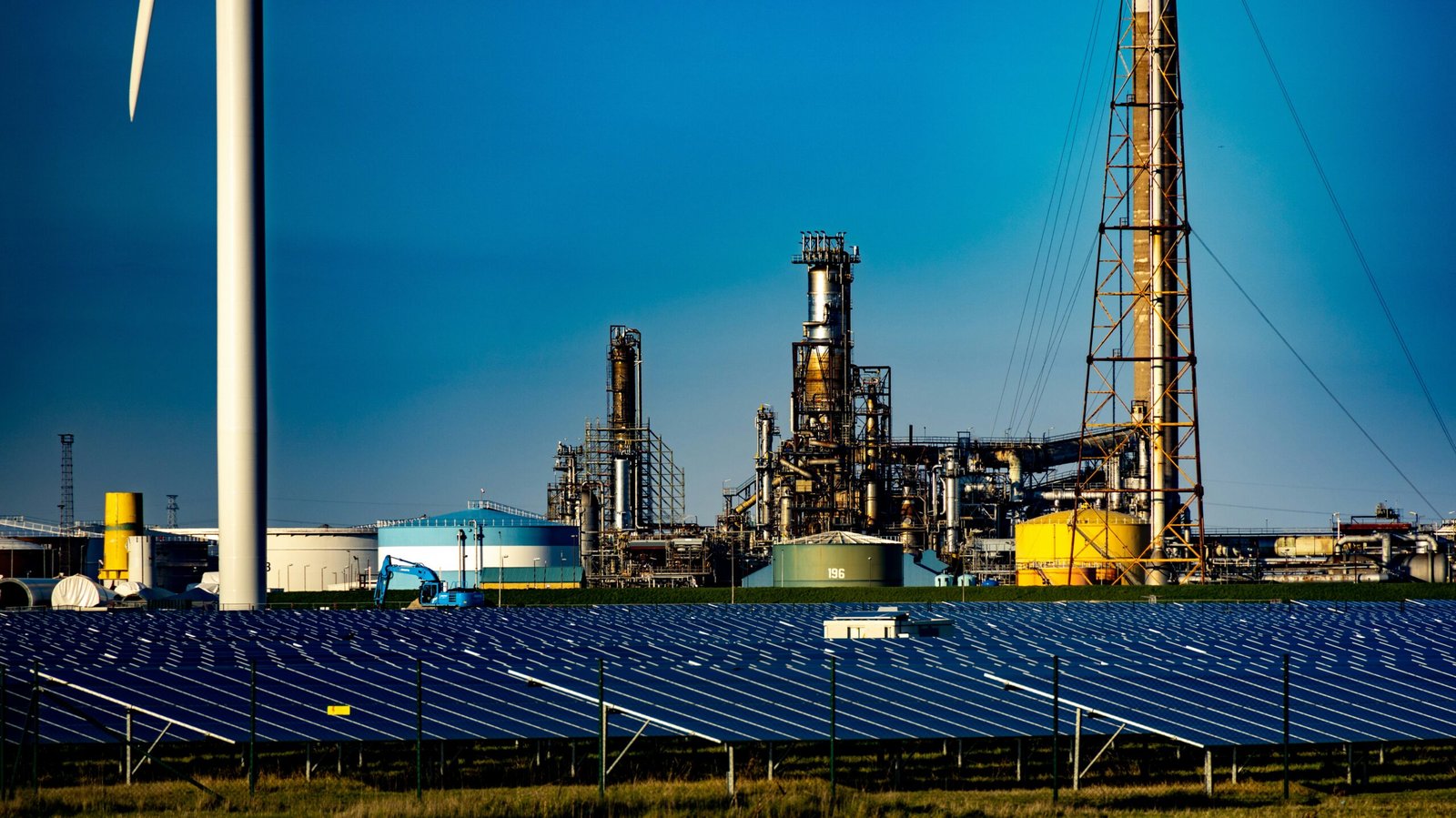Introduction to Energy Forecasting and Its Importance
Energy forecasting is a crucial process that involves predicting future energy demands and production levels based on historical data, trends, and various influencing factors. Accurate energy forecasting serves as a cornerstone for utility companies, governments, and consumers alike, as it directly impacts decision-making and operational efficiency in the energy sector. The significance of this practice cannot be overstated; it facilitates the optimization of energy production, helps manage supply and demand effectively, and aids in long-term planning for future energy needs.
Utility companies depend on precise forecasting to allocate resources efficiently, ensuring that energy generation aligns with anticipated consumption. This alignment is vital for maintaining grid stability and preventing supply shortages or excess capacity. When utility companies can accurately predict their customers’ needs, it leads to more reliable service and can reduce operational costs. Likewise, governments rely on energy forecasts to formulate policies that promote sustainable energy practices and help address environmental concerns. Accurate insights into projected energy consumption are essential for planning infrastructure improvements and investments in renewable energy sources.
Consumers also benefit significantly from energy forecasting. By understanding projected energy demand, consumers can make informed decisions regarding their energy usage and, ultimately, their costs. They can also actively participate in energy conservation efforts, especially during peak demand periods when stress on the energy grid is most pronounced.
Traditionally, energy forecasting has utilized a variety of methods, including statistical analyses and historical trend evaluations. However, these approaches have their limitations, often failing to adapt swiftly to sudden changes in energy consumption patterns or unforeseen events, such as economic fluctuations or natural disasters. This gap paves the way for innovative solutions, including the potential application of generative AI, which promises to enhance the accuracy and efficiency of energy forecasting significantly.
Generative AI: An Overview
Generative AI is a subset of artificial intelligence that focuses on producing new content and data that resembles existing examples. This innovative technology utilizes complex algorithms and models to learn patterns and characteristics from datasets, enabling the generation of new instances that can be indistinguishable from actual data. At its core, generative AI is founded upon advanced machine learning techniques and incorporates neural networks, which are computational models inspired by the human brain’s architecture.
The evolution of generative AI technologies has gained significant traction in recent years, with notable advancements in generative models such as Generative Adversarial Networks (GANs) and Variational Autoencoders (VAEs). GANs consist of two neural networks – a generator and a discriminator – that work in tandem. The generator creates synthetic data, while the discriminator evaluates its authenticity. This adversarial process results in highly realistic data generation. On the other hand, VAEs focus on learning efficient encodings of input data to generate new samples that maintain key characteristics of the original dataset. Both models are crucial in the realm of generative AI, facilitating a broader understanding of data and enhancing creative applications.
Generative AI possesses unique capabilities that are particularly relevant to various sectors, including energy forecasting. Its ability to generate synthetic data aids in conducting simulations and testing models under various conditions, thereby improving predictive analytics. Furthermore, generative AI excels in pattern recognition, allowing for the identification of trends and anomalies within large datasets. In the energy sector, these capabilities can prove invaluable in enhancing accuracy and reliability in forecasting energy demands and resource availability, ultimately contributing to more effective energy management strategies.
Applications of Generative AI in Energy Forecasting
Generative AI has emerged as a transformative tool in the realm of energy forecasting, significantly enhancing both accuracy and reliability in various applications. One of the prominent areas where this technology is being utilized is predictive maintenance. By analyzing historical data and identifying patterns linked to equipment failures, generative AI can predict when maintenance activities should occur. This proactive approach not only reduces unplanned outages but also minimizes repair costs, ultimately leading to more efficient operations.
Another critical application is demand forecasting, where generative AI models analyze vast amounts of data to predict energy consumption patterns. This capability is invaluable for utility companies, as it allows them to better align their energy supply with customer demand, thus optimizing resource allocation and reducing waste. Generative AI systems can account for multiple variables, including weather conditions, time of day, and historical usage patterns, delivering highly accurate demand forecasts that help in planning energy production.
Pricing strategies also benefit from generative AI capabilities. By generating simulations and modeling various market scenarios, companies can better understand price fluctuations and devise strategies to optimize their pricing mechanisms. This allows utilities to dynamically adjust their rates in response to market demands, thereby enhancing competitiveness while ensuring stability in energy provision.
Furthermore, generative AI plays a pivotal role in renewable energy management. With the increasing integration of renewables into the energy grid, understanding and predicting their variable nature is essential. Generative AI models can forecast renewable energy production based on weather data and historical patterns, enabling better management of resources and energy distribution. Real-world examples underscore the effectiveness of these applications, showcasing how leading utilities are leveraging generative AI to enhance their forecasting models and tackle challenges associated with energy consumption and climate variability.
Future Prospects and Challenges of Generative AI in Energy Forecasting
The future of generative AI in energy forecasting is poised for remarkable advancements, driven by a confluence of technological innovations and increased data availability. As energy systems become more interconnected through advancements in Internet of Things (IoT) technologies, generative AI can leverage vast amounts of real-time data from smart grids and renewable energy sources. This ability will enhance modeling accuracy and predictive capabilities, allowing for more precise energy forecasts that can significantly benefit utility companies and consumers alike.
One of the most promising developments is the improvement of algorithms used in generative AI. Enhanced machine learning models can facilitate faster data processing and more nuanced predictions, enabling stakeholders to respond proactively to fluctuations in energy demand and supply. Additionally, the integration of generative AI with IoT not only opens new avenues for data collection but also enhances real-time decision-making processes, heralding a new era of intelligent energy management systems.
However, the journey toward full realization of generative AI in this domain is fraught with challenges. Data privacy concerns are paramount, as the collection and usage of personal and operational data must comply with stringent regulations to protect sensitive information. Furthermore, model interpretability remains a critical issue; stakeholders need to understand how AI models arrive at their predictions to build trust and facilitate informed decision-making. Addressing these challenges is essential for responsible implementation and scalability of generative AI solutions in energy forecasting.
As the industry navigates these complexities, balanced regulations will be necessary to foster innovation while ensuring ethical practices. Thus, the path forward for generative AI in energy forecasting is promising yet intricate, requiring collaboration among technologists, regulators, and energy providers to harness its full potential.









